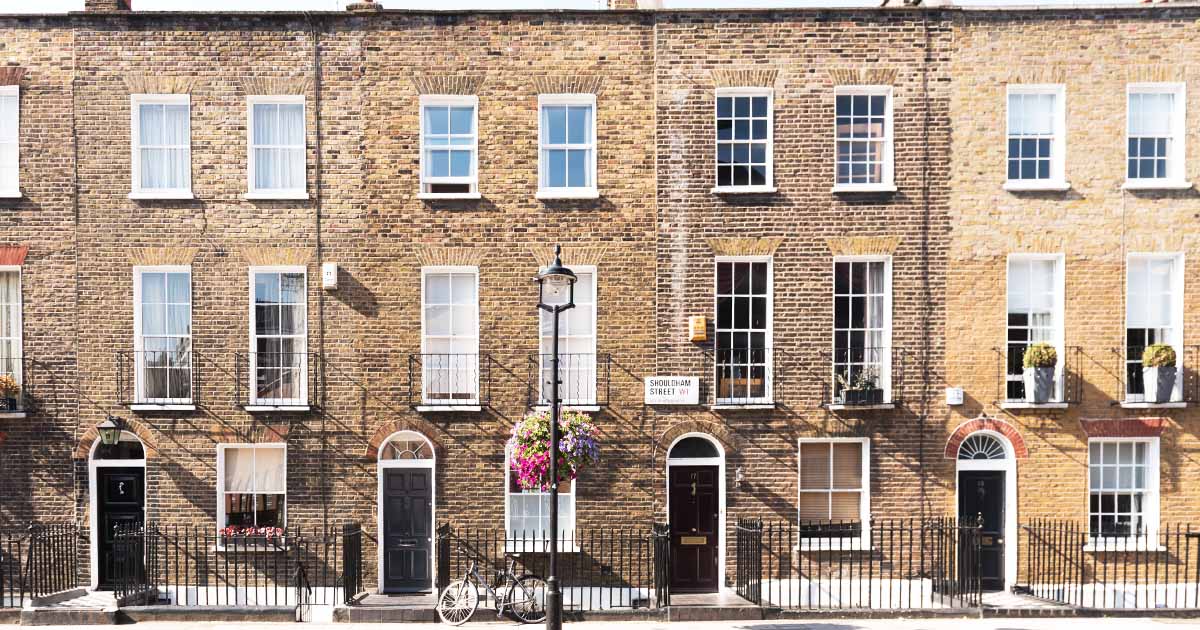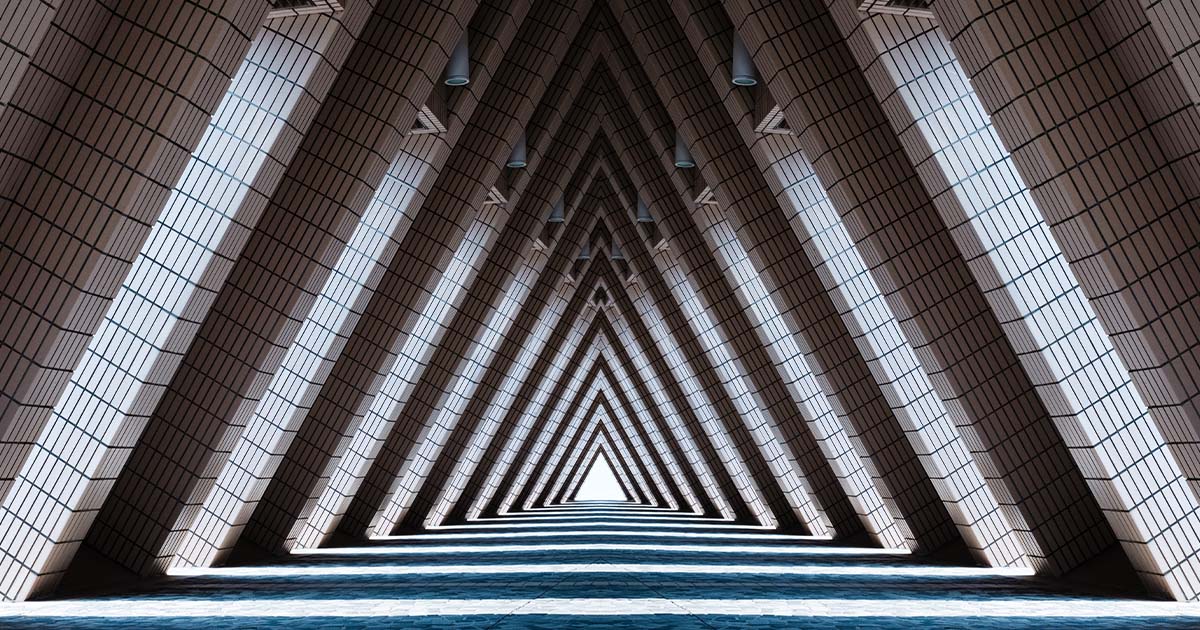Centre Point House judgment reinforces qualifying leaseholder rights in cladding dispute

Forsters acts for one of 13 successful leaseholders
The Upper Tribunal (Lands Chamber) has this week provided important clarification on the scope of leaseholder protections under the Building Safety Act 2022. In a landmark decision, the Upper Tribunal confirmed that leaseholders holding qualifying leases are not liable to pay for the remediation of unsafe cladding, even where the cladding does not constitute a “relevant defect”, potentially extending the Act’s protections to buildings with cladding installed over 30 years ago.
Forsters successfully represented one of 13 leaseholders at Centre Point House who challenged service charge demands exceeding £250,000 per flat for cladding remediation works.
The appeal concerned a novel cladding system which, while not a fire risk, had deteriorated to the extent there was a serious risk that the glass panels could fall on the public below.
The leaseholders argued that paragraph 8 of Schedule 8 of the Building Safety Act 2022, which states that “no service charge is payable under a qualifying lease in respect of cladding remediation”, applied in these circumstances. The Upper Tribunal agreed, holding that the protections under paragraph 8 are not limited to cladding that constitutes a “relevant defect” under the Act.
This decision confirms that qualifying leaseholders are not liable for cladding remediation costs, even where the cladding falls outside the definition of a relevant defect due to its age. It further confirms that the leaseholder protections are not confined to cladding which is a fire risk.
While the cladding system at Centre Point House may be unusual, the judgment provides welcome clarity on the interpretation of paragraph 8 and the extent of leaseholder protections under the Building Safety Act.
Forsters’ team was led by Real Estate Disputes Partner Julia Tobbell, with assistance from Senior Associate Emma Gregory.






